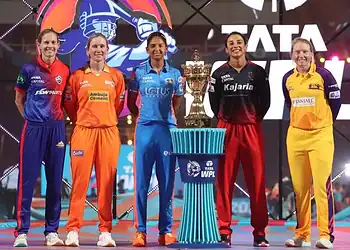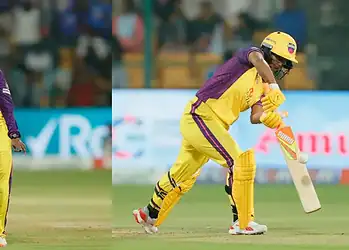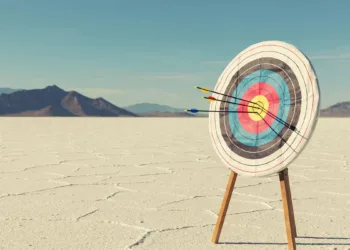In a dramatic escalation of diplomatic tensions, the Indian government has taken a decisive step by blocking 16 Pakistani YouTube channels in the wake of the devastating Pahalgam terror attack that shook the Kashmir valley on April 22, 2025. The banned platforms, collectively boasting around 63 million subscribers, include some of the most prominent Pakistani media voices.
Table of Contents
A Comprehensive Shutdown
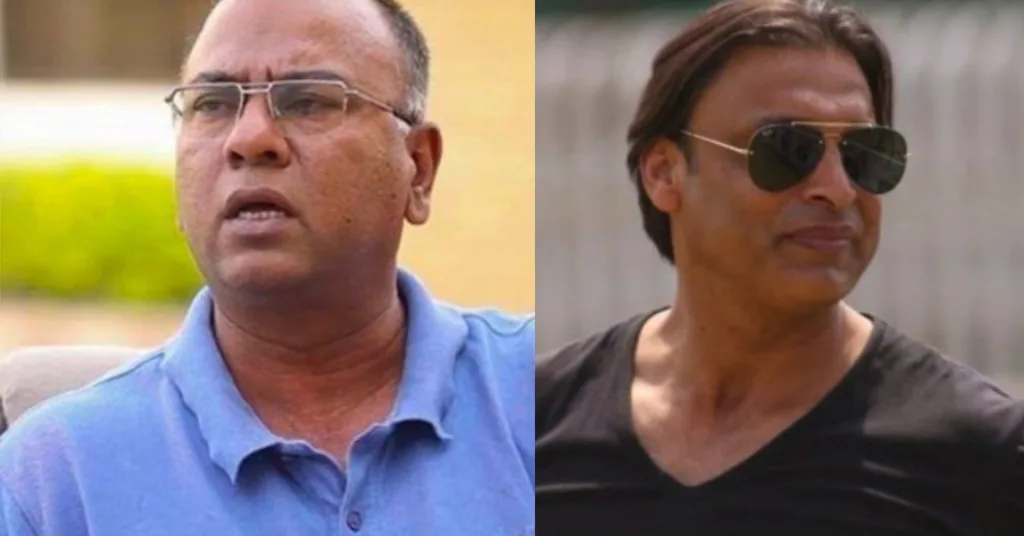
The ban encompasses a wide range of content creators, including:
- Major news outlets: Dawn News, Samaa TV, ARY News, Bol News, Raftar, Geo News, and Suno News
- Prominent journalists’ channels: Irshad Bhatti, Asma Shirazi, Umar Cheema, and Muneeb Farooq
- Sports and specialty channels: Samaa Sports, Uzair Cricket, and The Pakistan Reference
The Trigger: Pahalgam Terror Attack
The government’s actions come in direct response to the horrific Pahalgam terror attack, where 25 tourists and a Kashmiri were brutally murdered. Prime Minister Narendra Modi’s powerful statement resonates with the nation’s grief: “From Kargil to Kanyakumari, there is grief and rage. This attack was not just on innocent tourists; the country’s enemies have shown the audacity to attack India’s soul.”
The Human Cost of Terror
The Pahalgam attack was more than just a statistic. It was a brutal assault on innocent lives enjoying the serene beauty of Kashmir. Families were torn apart, dreams shattered, and a peaceful tourist destination was transformed into a scene of unimaginable horror. The attack sent shockwaves through the nation, reigniting painful memories of previous terror incidents and highlighting the ongoing challenges of cross-border terrorism.
Geopolitical Context
Kashmir has long been a flashpoint of tension between India and Pakistan. The region, known for its breathtaking landscapes and strategic importance, has been a constant source of conflict. This latest attack is not an isolated incident but part of a larger, more complex narrative of regional instability and cross-border tensions.
Government’s Justification
According to the Ministry of Home Affairs, these channels were banned for:
- Disseminating provocative and communally sensitive content
- Spreading false and misleading narratives
- Circulating misinformation against India, its Army, and security agencies
The Digital Propaganda War
The ban reveals the growing importance of digital platforms in modern geopolitical conflicts. YouTube and other social media channels have become battlegrounds for narrative control, where information – and misinformation – can spread faster than traditional media.
Notable Casualties of the Digital Blockade
One of the most significant casualties is Shoaib Akhtar, the popular cricketer-turned-commentator, whose YouTube channel was among those blocked. Akhtar, known for his match analysis and candid takes on world cricket, has now been silenced in the Indian digital space.
Impact on Content Creators
For many YouTubers and journalists, this ban represents more than just a loss of platform. It’s a direct hit to their livelihood, their voice, and their ability to communicate with a global audience. The ripple effects of such a ban extend far beyond mere digital censorship.
Broader Diplomatic Implications
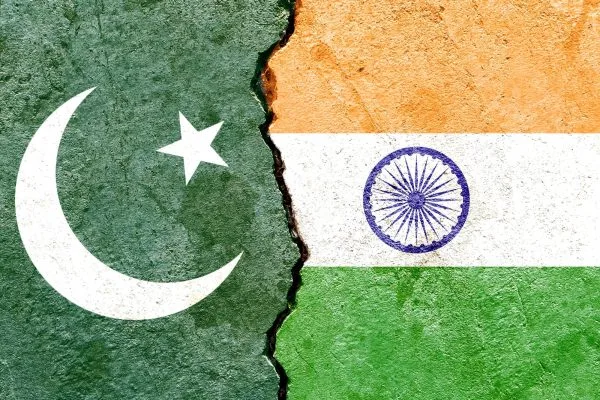
The channel ban is just one part of a broader response. India has taken several strong measures, including:
- Suspending the Indus Water Treaty
- Halting visa services for Pakistani nationals
In response, Pakistan has indicated it may suspend all bilateral pacts with India, including the Simla Agreement.
The Diplomatic Chessboard
This move is a calculated step in the complex diplomatic relations between India and Pakistan. It’s not just about blocking channels; it’s about sending a clear message about India’s stance on terrorism and its commitment to national security.
Media Scrutiny
The government’s actions extend beyond YouTube channels. The Information and Broadcasting Ministry has also issued an advisory to media outlets, cautioning against live coverage of defence operations and security force movements.
Balancing Act: Security vs. Information
This advisory raises important questions about the balance between national security and media freedom. How much information is too much? Where do we draw the line between public right to know and potential security risks?
The Digital Battlefield
This unprecedented move highlights the evolving nature of geopolitical conflicts in the digital age. Prime Minister Modi’s resolve is clear: “The time has come to raze whatever is left of the terror haven. The will of 140 crores will break the back of the masters of terror.”
Technology as a Weapon
In the 21st century, digital platforms have become as strategic as traditional military zones. The ability to control narrative, block information channels, and manage digital communication is now a crucial aspect of national security.
What This Means for Content Creators and Viewers
For Pakistani content creators, this ban represents a significant blow to their digital reach. For Indian viewers, it marks a stark reduction in access to Pakistani media perspectives.
The Silenced Voices
Behind each blocked channel are real people – journalists, creators, analysts – whose voices have been suddenly muted. Their stories, perspectives, and livelihoods have been dramatically altered by this decision.
Key Takeaways
- 16 Pakistani YouTube channels banned
- 63 million subscribers affected
- Triggered by the Pahalgam terror attack
- Part of broader diplomatic tensions between India and Pakistan
Conclusion

As tensions continue to simmer, this digital crackdown serves as a powerful statement of India’s commitment to national security and its zero-tolerance approach to terrorism. It’s a reminder that in the digital age, conflicts are fought not just on physical borders, but in the vast, borderless realm of information and communication.
FAQ:-
Has Shoaib Akhtar played IPL?
Akhtar made a successful return to cricket in 2008 in his first game in the Indian Premier League, playing for the Kolkata Knight Riders against the Delhi Daredevils.
What is Shoaib Akhtar fastest ball?
Shoaib Akhtar’s fastest recorded delivery was 161.3 km/h (100.23 mph). This occurred during the 2003 World Cup match against England.



